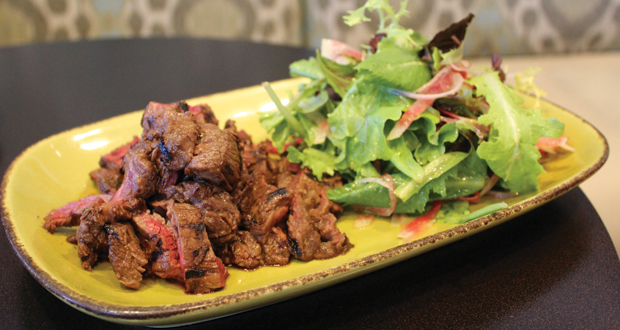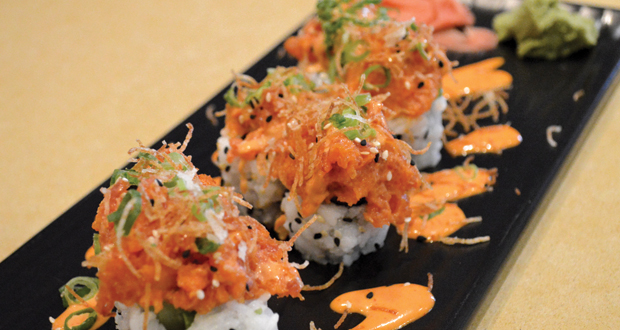
Travel is a routine disruptor. A guest’s daily run, full night’s sleep, or commitment to eat healthy may take a back seat when on the road. For those with health issues, these disruptions are much more serious. Dining out while traveling may be particularly stressful for those with food allergies, diabetes, or Celiac disease. Food labels like gluten-free, vegetarian, and vegan help guide diners to choose the right dish to meet their needs.
TAMO Bistro + Bar at the Seaport Hotel and World Trade Center in Boston has rolled out another, less common label on its menus—the “Diabetes Friendly” or “DF” notation. Seaport Hotel vice president and general manager Jim Carmody says that the hotel’s long relationship with the American Diabetes Association, for which it has hosted several conferences and events, inspired the DF labeling, which is less common than the disease it accommodates.

The CDC reported this year that 30.3 million people in the United States live with diabetes and another 84.1 million have prediabetes. “People who are living with diabetes face these daily food choice concerns, and dining out can be stressful,” Carmody explains. “Calling it out on the menu makes it a little bit easier.”
Defining a gluten-free or vegetarian dish is more clear-cut than a diabetes-friendly meal. The Seaport Hotel worked with Joslin Diabetes Center to educate and train restaurant staff to better answer diners’ questions and develop diabetes-friendly dishes. “There’s no real diabetic diet,” Joslin Diabetes Center’s chief scientific officer, Dr. George King, says. “The general recommendation is portion size control, high vegetable content, and high fiber, and that would make controlling the glucose levels much easier.”
The DF dishes on TAMO’s menu range from a Nepalese salad of spicy, braised lentils and watercress to Sriracha-glazed scallops with sweet and sour cucumber noodles and cilantro. Carmody says that the dishes are low in carbohydrates and sugar, incorporating non-starchy vegetables and plant-based proteins while also factoring in the excitement that so many travelers are looking for in their dining experiences.
He adds that clearer menu labeling can help guide guests whether they have diabetes or not. “It gives you the opportunity to moderate and mitigate the extenuating circumstances that travel and the stress of travel can place on your body.”
Photos: Courtesy of TAMO Bistro + Bar at the Seaport Hotel and World Trade Center in Boston











